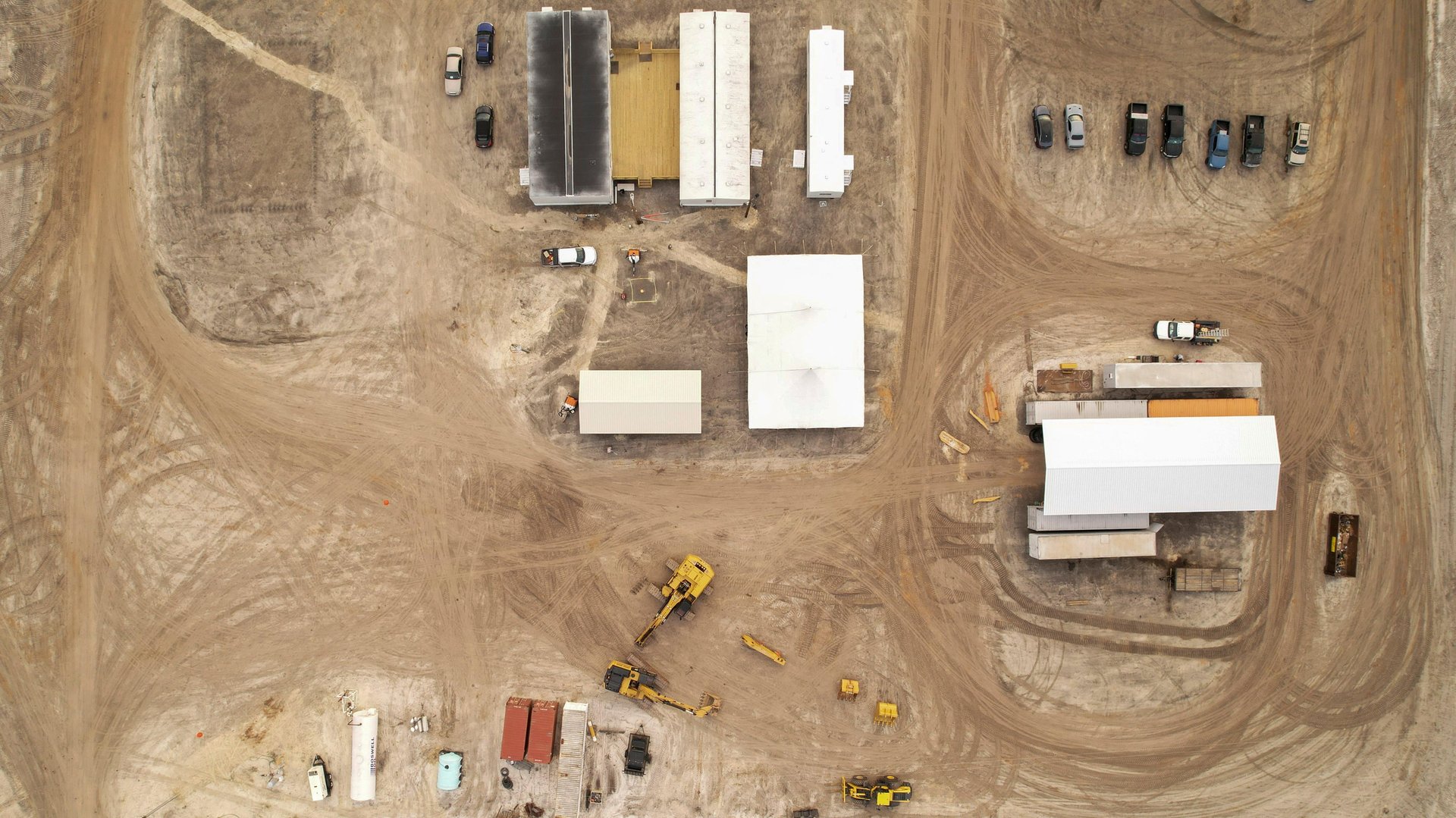Why America’s biggest EV projects are in southern states
Automotive manufacturers are opening EV assembly and battery plants in states like Georgia and Tennessee, with low unionization rates as a factor

The first major EV assembly and battery plant projects are taking shape, and many of the new jobs reside in the US south, according to a recent report from S&P Global Market Intelligence. The EV transition reflects a larger trend—the south is becoming a crucial hub for North American automotive production, shifting away from the midwest, where many large car manufacturers, including Ford and General Motors, are headquartered.
Suggested Reading
The midwest continues to maintain the majority of automotive jobs, but the south is gaining ground. In 1992, about 500,000 people in the US automotive industry were employed in the midwest; in 2022, that number dropped to over 250,000 people. Meanwhile, auto employment in the south jumped by 80% between 1992 and 2022.
The auto industry in the US south has been decades in the making
The transition has been years in the making. In the early 2000s, the south saw a huge influx of foreign transplants: Toyota moved from California to Texas, Volkswagen relocated from New Jersey to Virginia, and Hyundai opened a Kia manufacturing plant in Georgia. Meanwhile, supporting industries like production of tires and other vehicle parts are a substantial part of the economy in Tennessee.
These moves cut the market share of the big American auto companies Ford and GM which, as foreign manufacturers invested in the south, were moving parts of US-based production overseas, said Karl Kuykendall, a regional economist at S&P Global Market Intelligence.
Auto companies move south to save on labor costs
So why are auto companies investing in the south? Part of it is due to lower unionization rates. Most of the south, including the emerging automotive hubs of Georgia, Tennessee, and Kentucky are “right-to-work” states, which means weaker union ties.
What that translates to is cheaper labor costs for employers. At the same time, cheaper land and real estate, as well as electricity in the south compared to the midwest are attractive features to auto manufacturers, Kuykendall said. With the EV transition expected to be years in the making, there are also future labor force considerations to consider; southern states have some of the fastest-growing populations.
It’s hard to project how many jobs will come out of the EV boom, but they likely will not reach the same levels as gasoline-powered vehicle manufacturing employment. With EVs requiring fewer inputs than their traditional counterparts, and industry estimates showing that EVs require 30% less labor than conventional vehicles, that could result in fewer workers needed for production.
